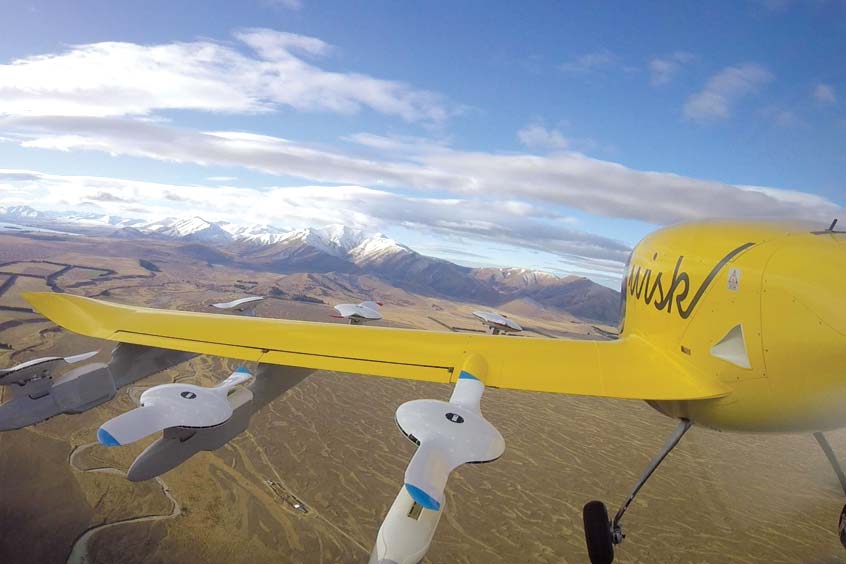ACE 2026 - The home of global charter.
 The bimonthly news publication for aviation professionals.
The bimonthly news publication for aviation professionals.

Wisk, the Californian urban air mobility (UAM) company behind the first all-electric, self-flying air taxi, is progressing with its transport trial, which will advance autonomous passenger transport under the New Zealand government's broader Airspace Integration Trial Programme (AITP). Wisk is working towards rolling out the implementation phase later this year.
In February 2020, Wisk announced that it had signed a memorandum of understanding with the New Zealand government to establish the transport trial under the broader AITP. Since then, both parties have been undertaking detailed planning of a highly structured and integrated programme, with implementation of the trial expected to start in the second half of 2021.
Wisk is also bringing Insitu Pacific, a Boeing subsidiary and unmanned aerial system company, into the programme to support the trial. Through this partnership, Wisk will combine its leadership of autonomous flight operations and the advanced technology and expertise of Boeing to deliver on the passenger trial objective: to safely evaluate, test and demonstrate the integration of unmanned aircraft into existing airspace.
Wisk brings over a decade of autonomous eVTOL expertise to the trial, including learnings from approximately 1,500 test flights and the backing of Boeing's expertise in integrating piloted and autonomous technology. Built on the core values of safety and collaboration, the transport trial will address the challenges of airspace integration and help realise the significant opportunities of urban air mobility across a range of industries and applications.
“We have always seen the distinct advantages of New Zealand, including the country's globally respected civil aviation authority and flexibility for remotely piloted aircraft systems (RPAS),” says Gary Gysin, CEO of Wisk. “These factors, combined with the advantages of testing and operating in a relatively uncongested airspace and the innovative culture of early adoption, makes New Zealand uniquely positioned as a leader for autonomous UAM integration trials.”
Asia Pacific regional director Anna Kominik adds: “New Zealand presents a unique opportunity, and we are immensely proud to have been recognised by the New Zealand government as the first airspace integration industry partner. New Zealand's focus on decarbonising its economy as part of the electric transport evolution directly aligns with Wisk's mission to deliver safe, everyday flight for everyone through effective, accessible and sustainable urban air mobility solutions.”